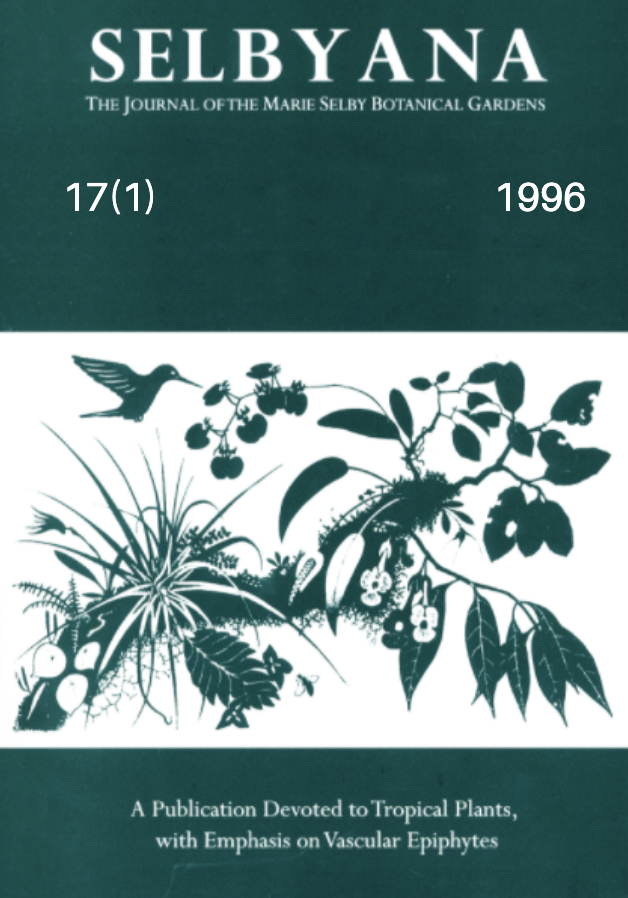Abstract
Arthropod biodiversity is being investigated in the Carmanah Valley on Vancouver Island, British Columbia, Canada. We explore features related to the Centinelan extinction concept and ask whether or not this is applicable to northern temperate old-growth forest arthropods. Habitat loss in these forest systems is well documented and at present, of 89 old-growth forest watersheds over 5000 ha in size, only 6 remain intact. Examination of identified species (1,311 to date) from the intact old-growth forest of the Carmanah Valley indicates that this structurally complex habitat acts as a reservoir for biological diversity. Thirty species of oribatid mites and 8 species of staphylinid beetles are new to science and all of these species show habitat specificity to micro-habitats found within this old-growth forest. Nowhere is this more apparent than in the moss-mats of the high-canopy, where the oribatid mite fauna is composed of 56 species, of which 15 undescribed species are canopy specific. This mite assemblage forms a major component of a discrete arboreal community. Comparisons between the high-canopy and ground sites indicate that an additional 15 undescribed oribatid species are confined to the forest interior. No new species of oribatid mites or staphylinid beetles have been recorded in the forest edge or clear-cut sites. Evidence suggests microhabitats present in these old-growth forests contain an undescribed resident arthropod fauna. Without proper documentation, this faunal component is a candidate for the Centinelan extinction concept—extinction of species unknown before their demise and hence unrecorded.
Open Access and Copyright Notice
Selbyana is committed to real and immediate open access for academic work. All of Selbyana's articles and reviews are free to access immediately upon publication. There are no author charges (APCs) prior to publication, and no charges for readers to download articles and reviews for their own scholarly use. To facilitate this, Selbyana depends on the financial backing of the Marie Selby Botanical Gardens, the hard work and dedication of its editorial team and advisory board, and the continuing support of its network of peer reviewers and partner institutions.
Authors are free to choose which open license they would like to use for their work. Our default license is the Creative Commons Attribution-NonCommercial 4.0 (CC BY-NC 4.0). While Selbyana’s articles can be copied by anyone for noncommercial purposes if proper credit is given, all materials are published under an open-access license with authors retaining full and permanent ownership of their work. The author grants Selbyana a perpetual, non-exclusive right to publish the work and to include it in other aggregations and indexes to achieve broader impact and visibility.
Authors are responsible for and required to ascertain that they are in possession of image rights for any and all photographs, illustrations, and figures included in their work or to obtain publication or reproduction rights from the rights holders. Contents of the journal will be registered with the Directory of Open Access Journals and similar repositories. Authors are encouraged to store their work elsewhere, for instance in institutional repositories or personal websites, including commercial sites such as academia.edu, to increase circulation (see The Effects of Open Access).
